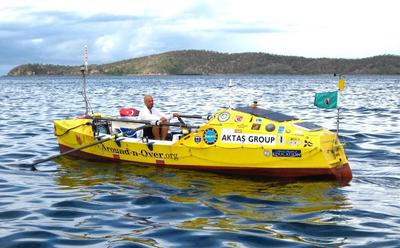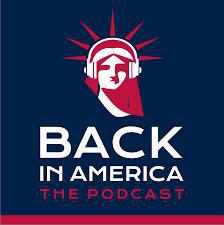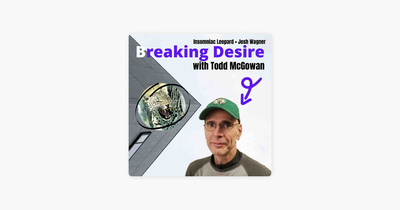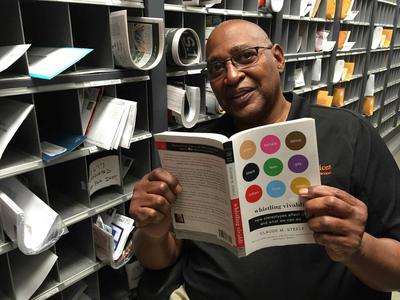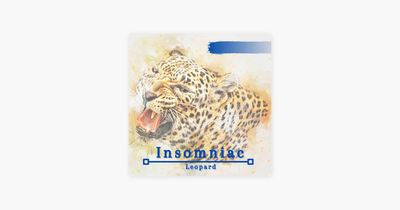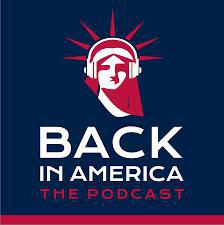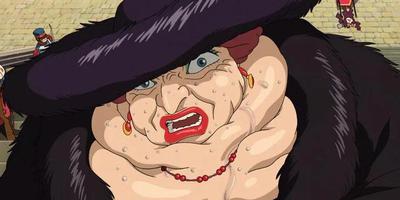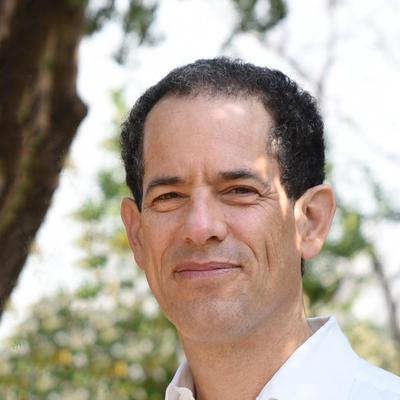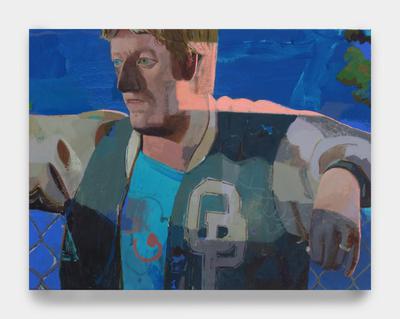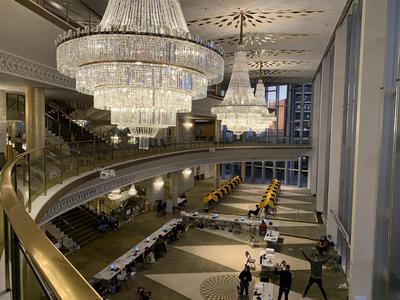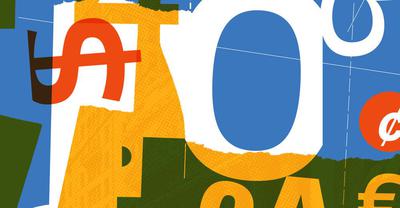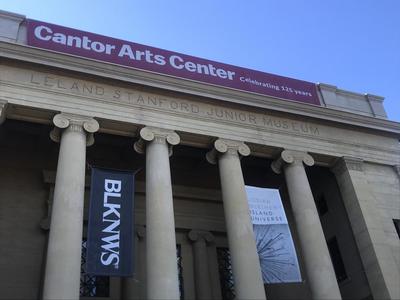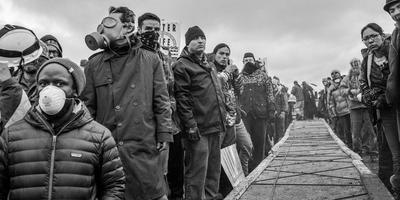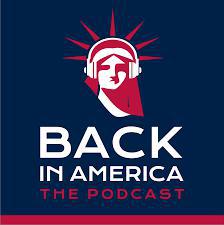
Back in America - How would you go to Zoom School as a homeless youth? We asked Bridging Tech, a charity devoted to overcoming the digital divide
In 2021, it is nearly impossible to get anything done without a laptop: apply for a job, go to school, safely connect with friends, or schedule a COVID-19 vaccine appointment. Yet, there are fewer laptops in existence than humans on this planet, presenting a unique challenge for unhoused students. Bridging Tech in a new charity that seeks to redistribute hardware and other education resources to this vulnerable population across the digital divide.
